A few days ago, I arrived in Budapest (“boo-duh-pesht”), capital of Hungary, for a short vacation away from working in Israel and to get a taste of what summer backpacking across Europe is all about. I found a city full of beautiful dilapidated architecture, the most delicious unhealthy pastries, the refreshing sound of street violinists with talent levels all across the spectrum, cheap prices galore, and a uniquely devastating history culminating in the current slow transition from an era of postcommunism to eurozone member.
I started off with a free walking tour (with encouraged tips) that starts at Vörösmarty tér every morning at 10:30 am. I would highly recommend the tour as it’s a great way to get your bearings in a new city and meet fellow travelers. The tour guides are also local Hungarians with spiels that are both entertaining and informative.
Budapest is a composition of Buda and Pest, two cities on opposite sides of the Danube River that were united in 1873. The tour starts in Pest with a brief history lesson in front of St. Stephen’s Basilica, named after the first king of Hungary whose right hand is preserved as a relic inside. In a nutshell, the history of the Hungarian people started with the unification of nomadic Magyar tribes (via blood covenant) who conquered the Carpathian Basin around 900 CE. Note that the Magyar are not descended from the Huns, as the country’s name may suggest, though the Huns conquered the same area in the 5th century CE. Fast forward one millennium past Mongol attacks, Turkish rule, and the Habsburg monarchy, and Hungary winds up on the losing side in both world wars, followed by Soviet occupation. Or, as Hungarians put it, the Soviets liberated them from the Germans and then forgot to leave for another 50 years.
Climbing the hills in Buda affords an excellent view of the Hungarian Parliament Building, the seat of the National Assembly, built in 1896 to commemorate one millennium of Hungarian history. Book indoor tours in advance, as they were sold out by the time I arrived.
The guides gave some useful tips, such as where to find potable water fountains, which are not all obvious. Some are actuated by hidden sensors, so they will only spout liquid if you are facing the pump from a certain angle. They also review how to avoid tourist traps. Basically, read the fine print at the bottom of menus in case they state that the first drink or meal is actually around 10 x greater than what the regular menu states. Also, fix all taxi prices in advance and don’t take volunteered suggestions for bars or restaurants from anyone on the street, because conning is common. And definitely don’t say thank you when you pay your bill unless you mean, “keep the change no matter how much I am handing you.” After all, Hungary ranked 46th in the world on the 2012 corruption perception index published by Transparency International.
Behold Matthias Church, one of the religious institutions left untouched during Soviet occupation.
A good number of Budapest’s historic buildings have avoided neglect by being sold to foreign hotel chains, banks, and other institutions.

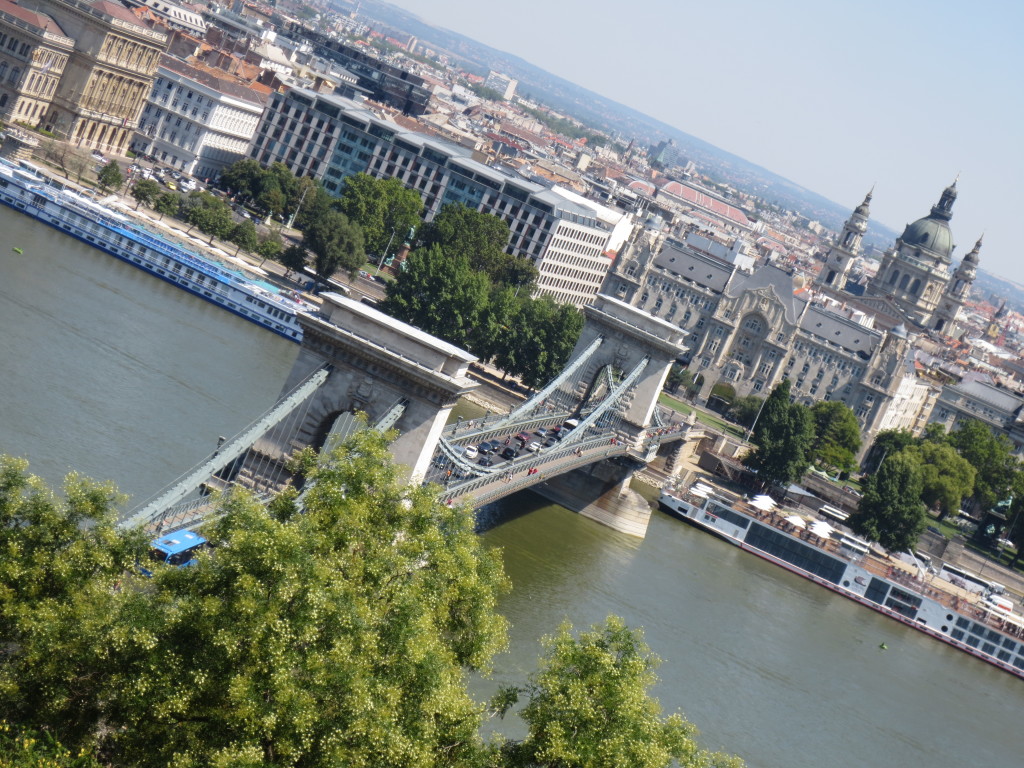
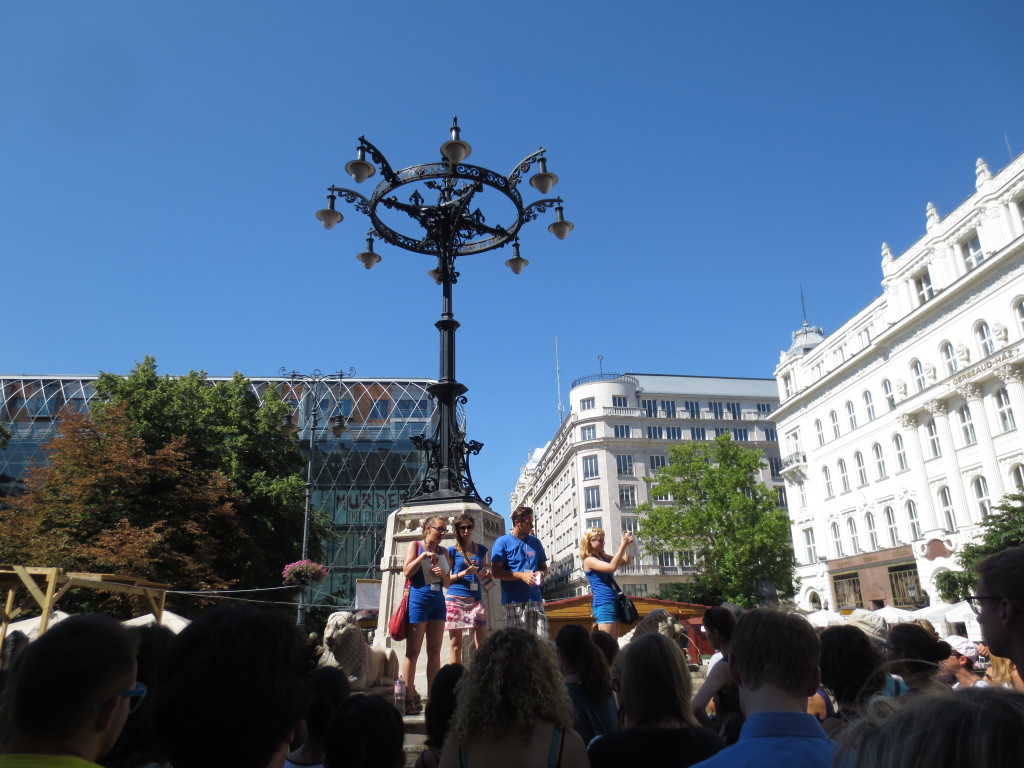
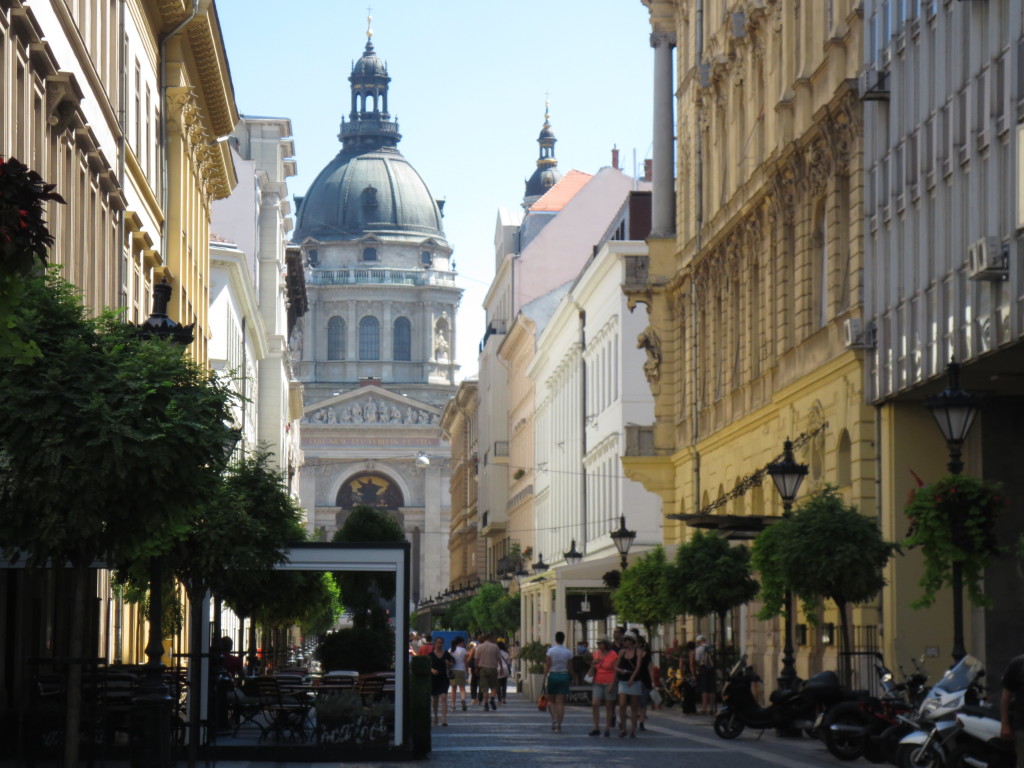

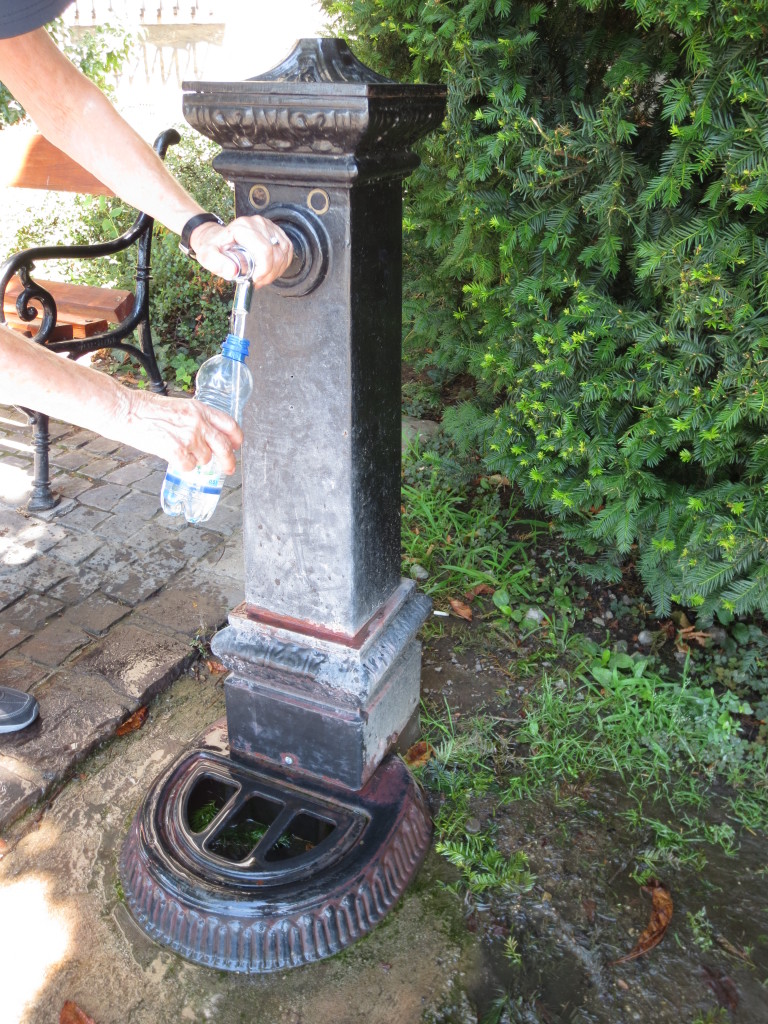
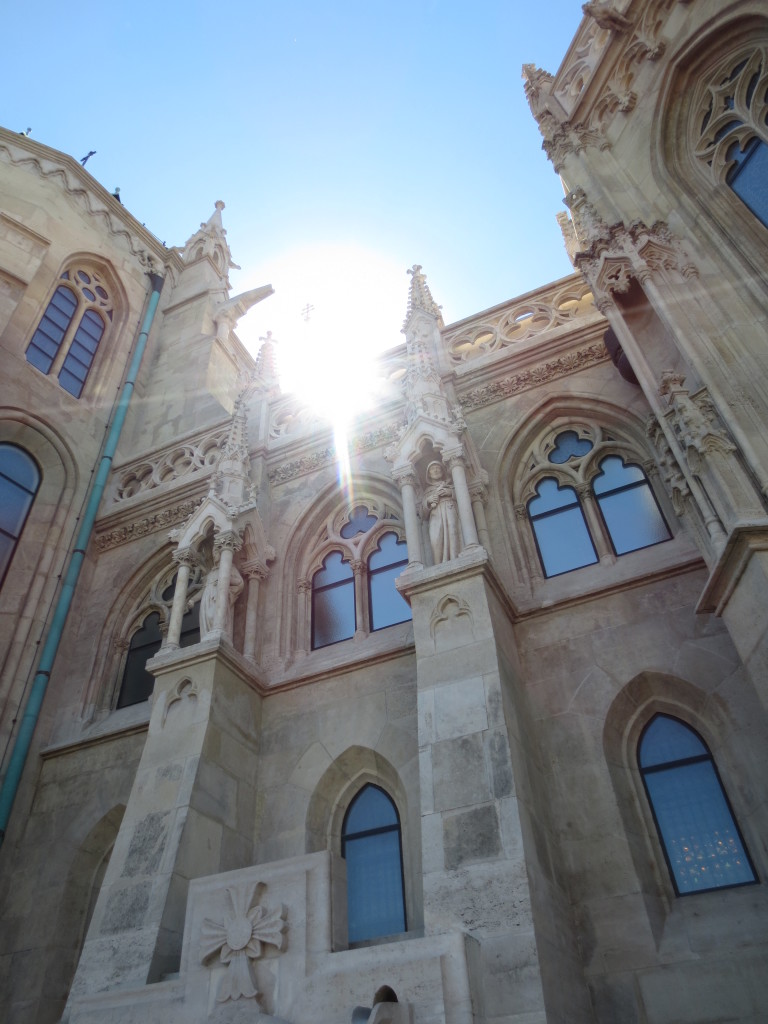
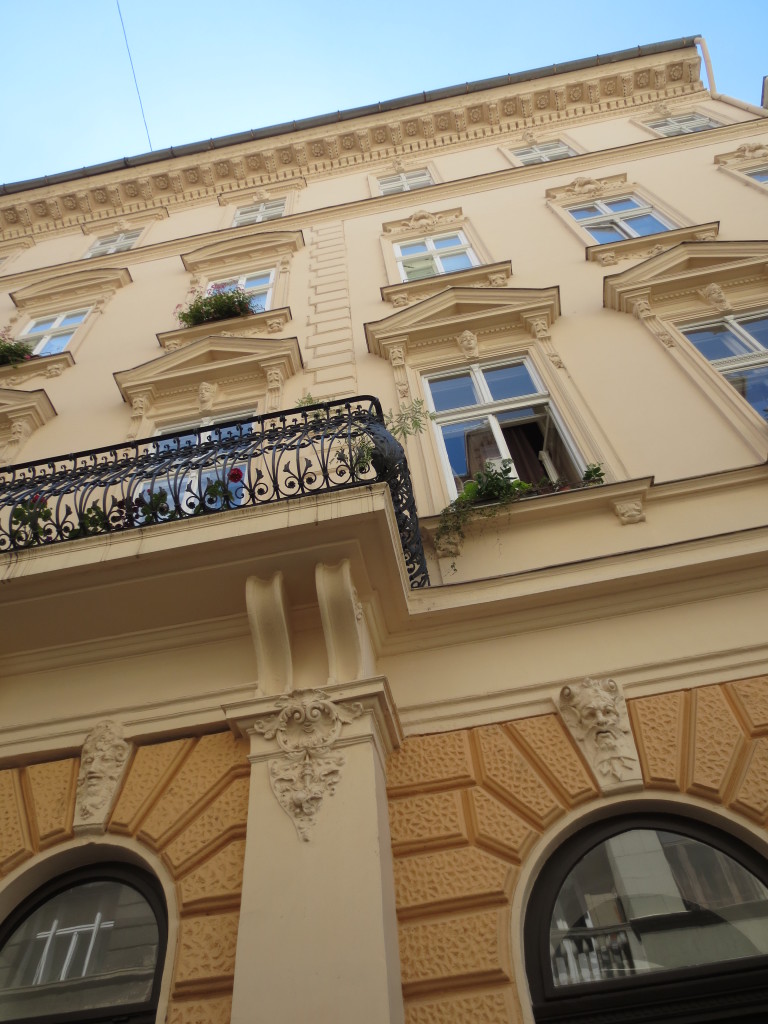
Thank you Simmy – I so enjoyed reading your latest saga.
I appreciate that you share your adventures, discoveries and exploits with me as I am one of your biggest fans. I may just be a virtual friend but find all that you do to be so brave and impressive. You are a wonderful writer and oberver of the world around you. Your photos are fantastic!
You sure get around.
Please keep me on your mailing list!
Be careful and stay safe.
PS
I was with our friend Rob Tagg in Seattle this week
We played pool and had a beer.
He is visiting his mother and will soon be heading back to the HEC office in Alameda.
And then to Shanghai, China and then on to Singapore. You Naval Architects travel more than Marco Polo!
🙂
Gary